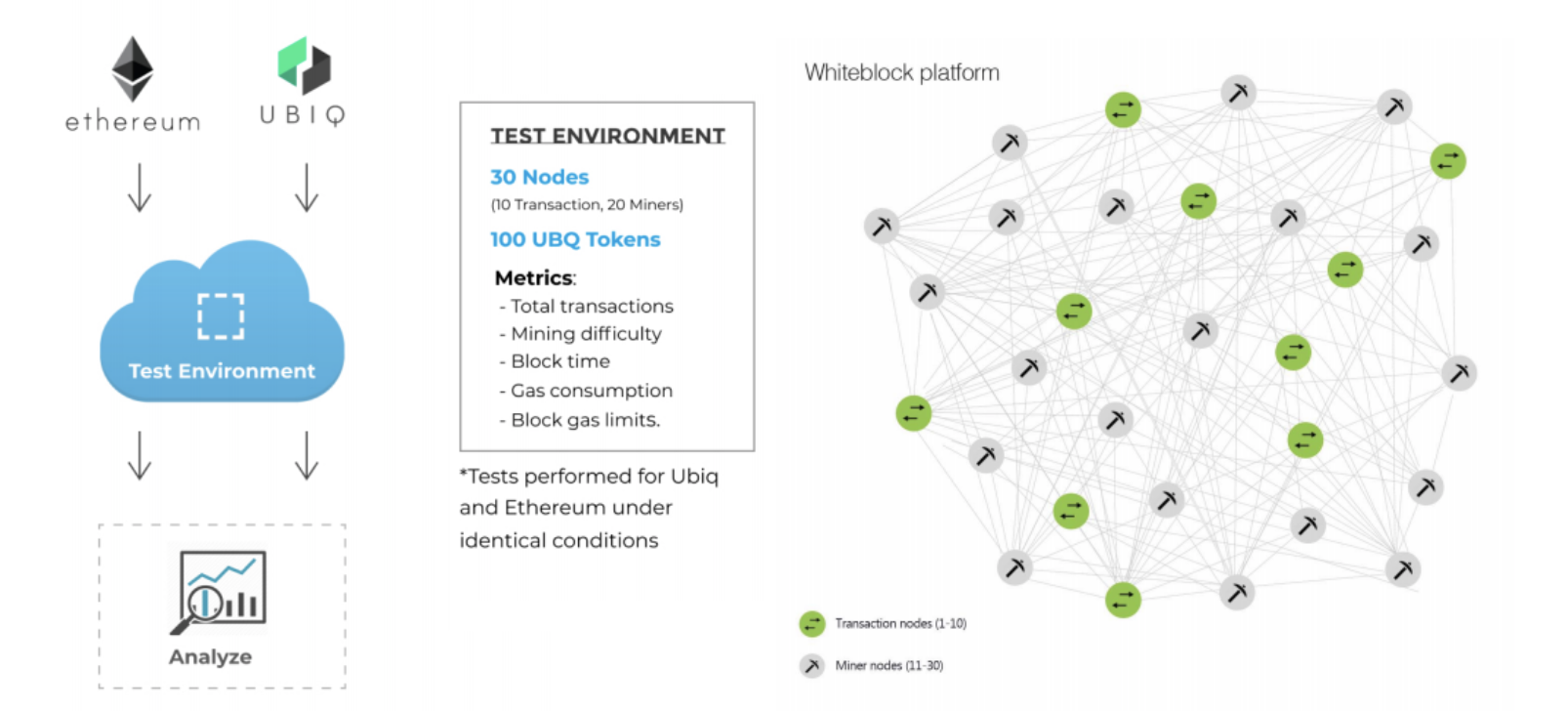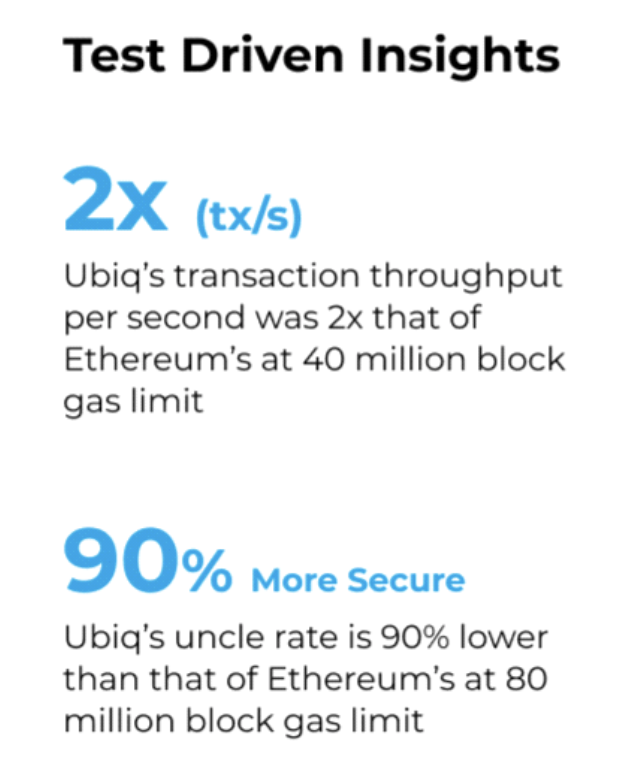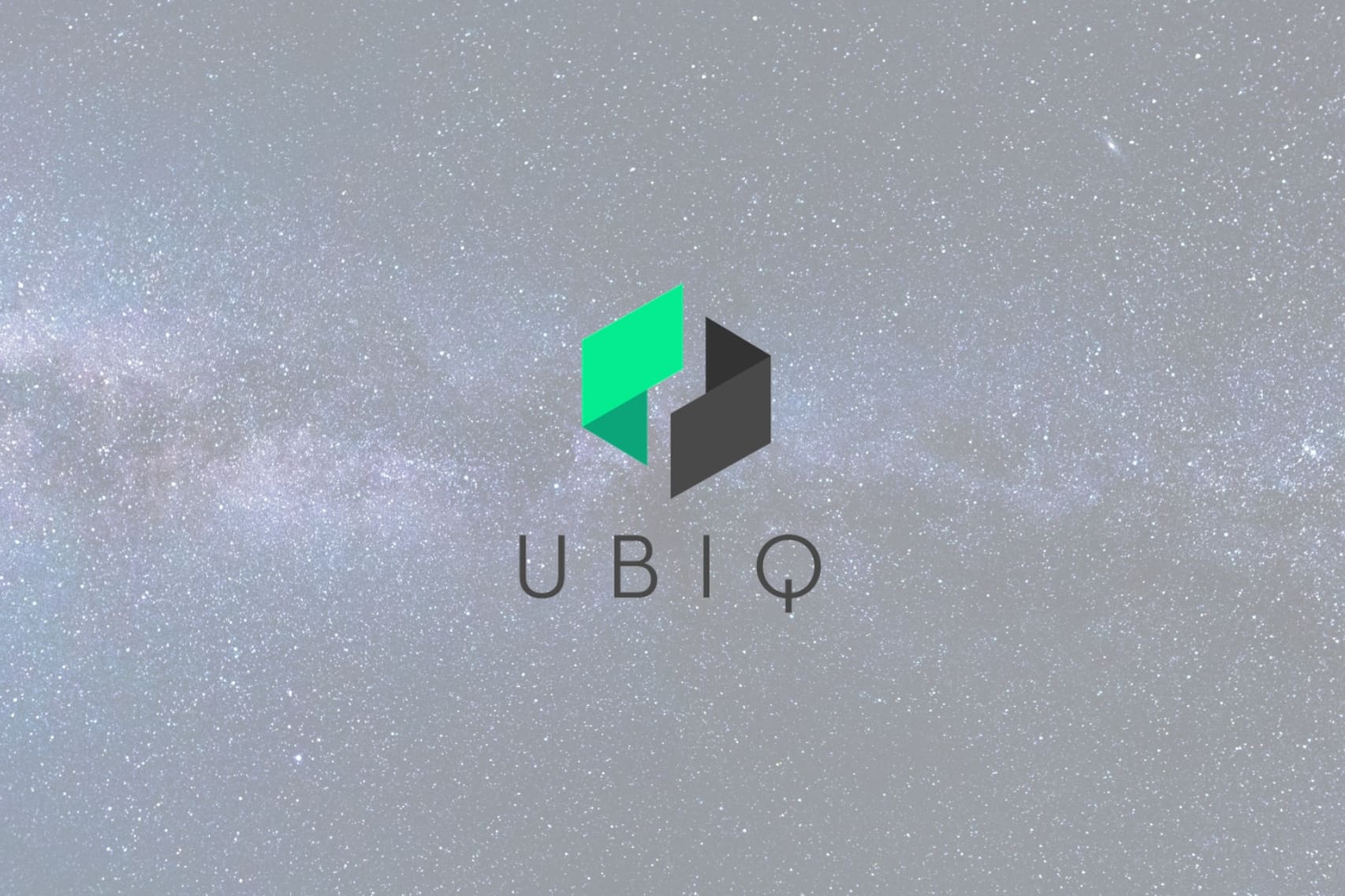Ethereum has taken an experimental approach to blockchain technology, by pushing the code to its absolute limits. Whilst this has been a positive experiment for the wider community, it means that Ethereum is essentially always in beta, which presents a real issue for businesses utilizing blockchain technologies.
Ubiq is an Ethereum Virtual Machine (EVM) compatible blockchain and smart contracts platform that launched an independent network, whose genesis begins with the Nucleus Block. Ubiq is derived from the Ethereum codebase, sharing much of its functionality and programming language.
Ubiq took a different philosophical approach on code releases, decentralization, mining and monetary policy. Whilst they see a bright future for both platforms, and do not self-recognize as an Ethereum competitor, there was an acknowledgment that businesses who wish to adopt this technology now may require an alternative product. One with a reduced release schedule and a more stringent testing process to allow for a more stable foundation to build upon.
Extensive observation and testing are at the core of the Ubiq ethos. On release, one major change Ubiq had implemented was their own difficulty adjustment algorithm (named Flux) to maintain an accurate block time.
Whilst attending the Ethereum Developer conference (EDCON) earlier this year, the Ubiqsmart team had their chance to thoroughly test their Flux algorithm and blockchain overall. Ubiq was approached by whiteblock.io who offered them the opportunity to be one of the first case studies for their Blockchain Testing as a Service (BTaaS).
We will discuss some of the results from this case study below.
Benchmarking Parameters
To measure the performance of both platforms, whiteblock gave careful consideration to the testing parameters, to produce a set of results without bias.
They created the following conditions in a test environment:

Each test series performed an incremental increase in the gas limit, starting at 4 million and moving to 80 million gas. The results were then plotted to observe any correlation between any of the established metrics.
For a full breakdown of the test parameters and full results, a link to the whiteblock case study can be found here: https://whiteblock.io/library/ubiq-report.pdf.
Test Results
Overall, the benchmarking was extremely useful in testing the capability of the Ubiq network. It found that, on average, with block limits set at 40 million, Ubiq has a 2x Increase in transactional throughput per second when compared with Ethereum and at a 80 million block gas limit, it has a 90% lower uncle rate.
The uncle rate is a measure of overall network security as more of the networks hashrate is being used in the processing of new transactions. This is also allows for the higher level of transactional throughput.

Conclusion
The Ubiq team holds a close relationship to many of the developers within the Ethereum community and are not trying to be “the next Ethereum.” The results are surprising and offer a good incentive for businesses looking for a more stable blockchain to build or test on.

The full case study can be found at https://www.whiteblock.io/library/ubiq-report.pdf
For full disclosure, when the report mentions “more secure,” this should be viewed from the perspective of if both chains have an equal hashrate, Ubiq would be 90% more secure due to the significant reduction in uncles.
With the spectre of increasing transactional costs on the Ethereum network, Ubiq provides a solid alternative to developers wishing to build and utilize the Ethereum Virtual Machine (EVM). Gas costs are over 99% cheaper for transactions on the Ubiq platform and the team have a steady commitment to remaining as a Proof-of-Work (PoW) coin, incentivizing miners to switch over when Ethereum transitions to Proof-of-Stake (PoS).
The development team is also working on a bridge to the Ethereum network, to assist them with their immediate scaling issues.
Related: A Guide to the Ubiq Token Economy

